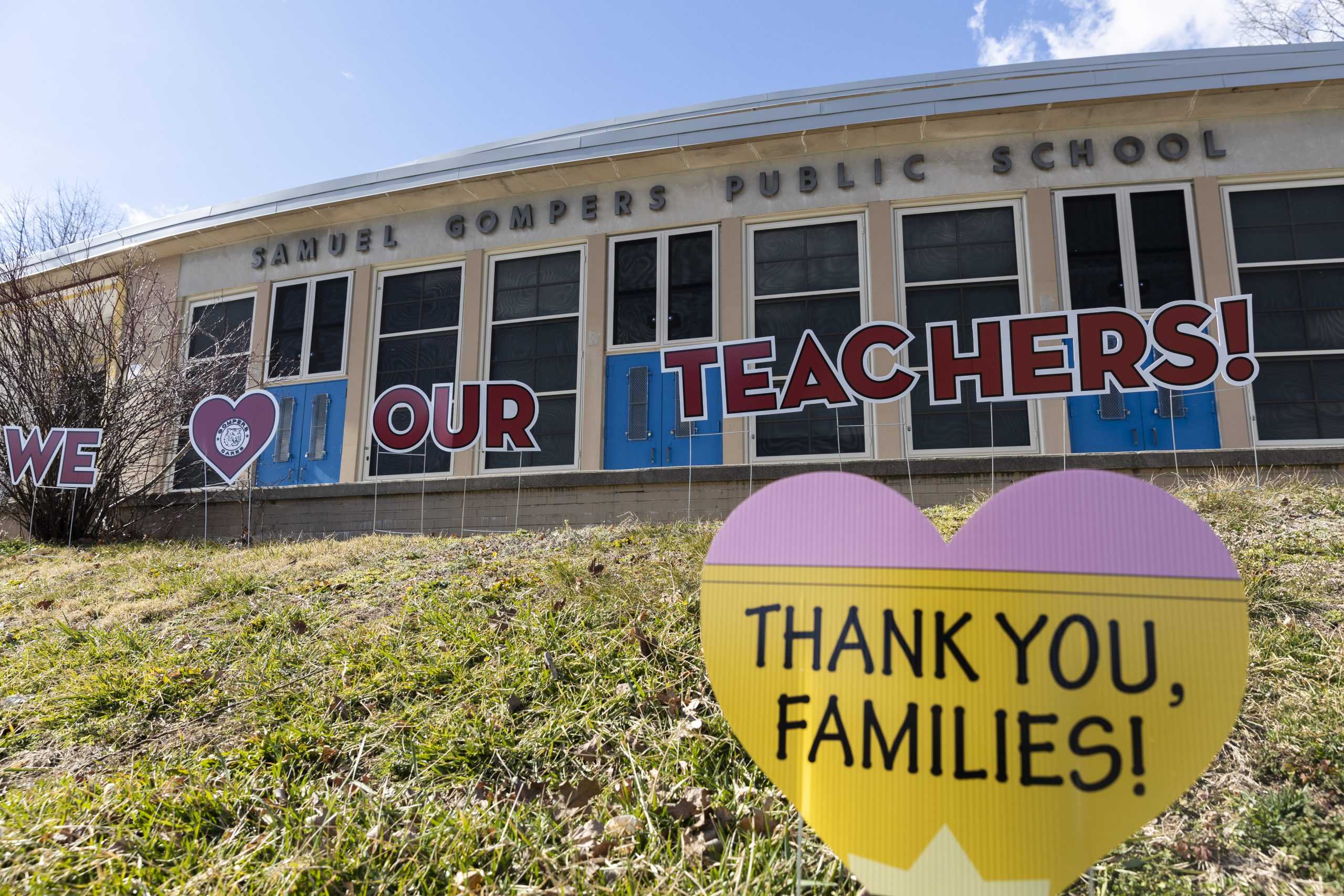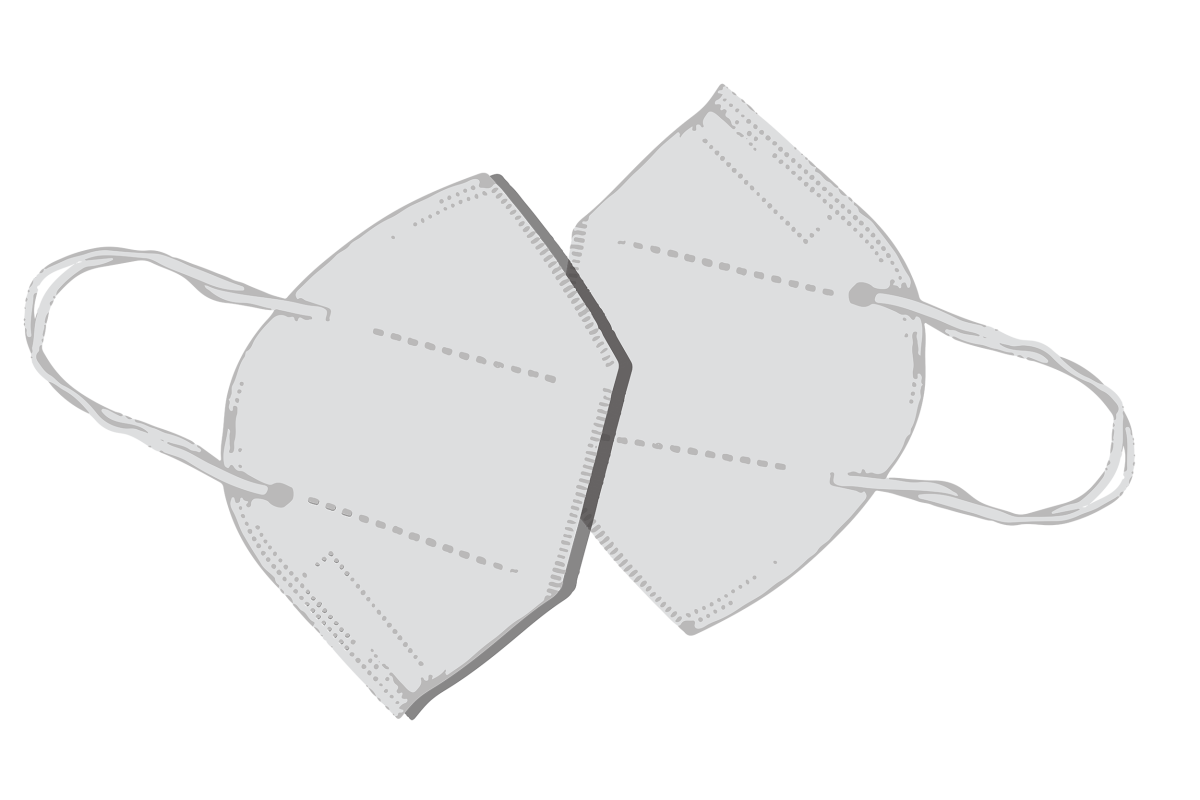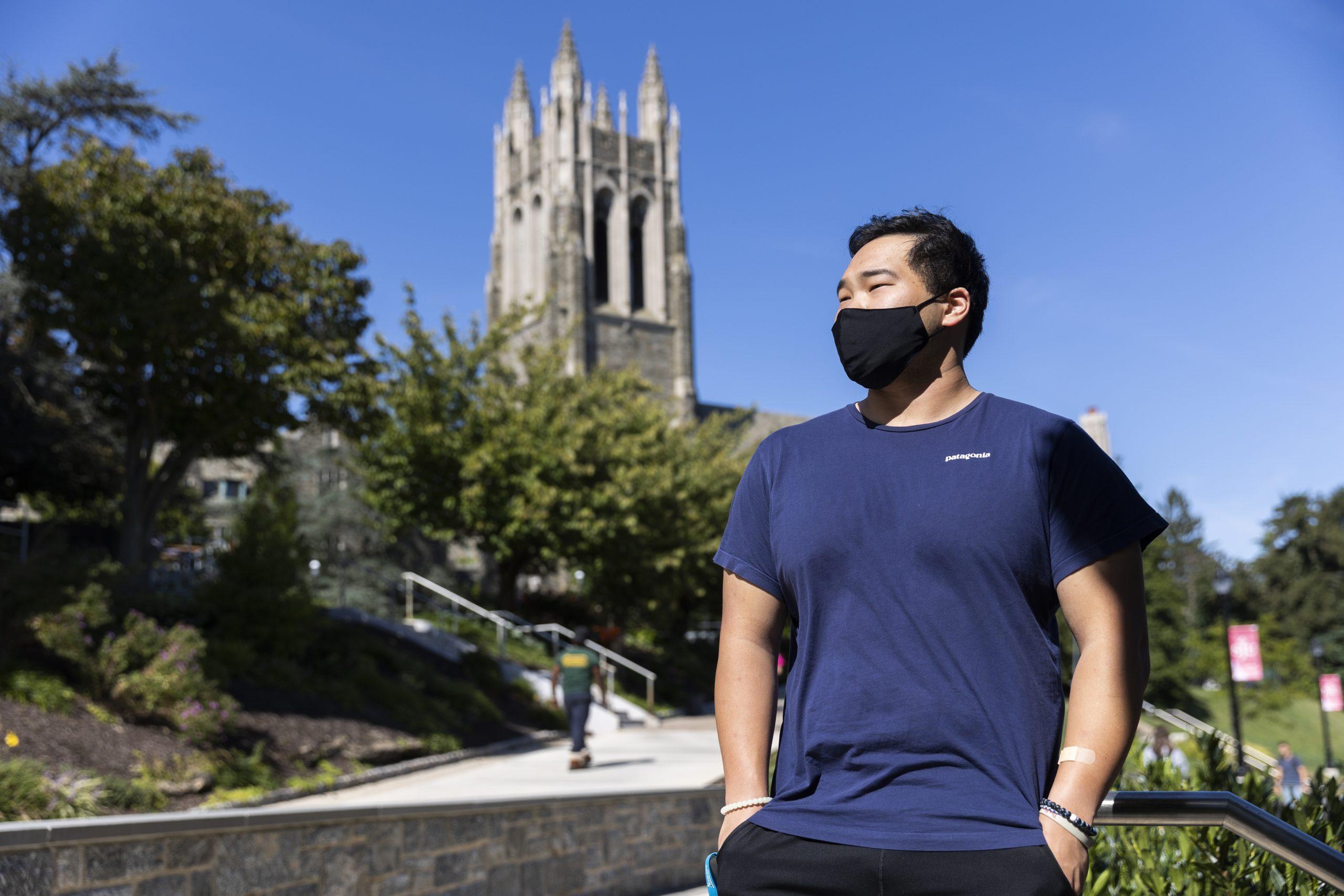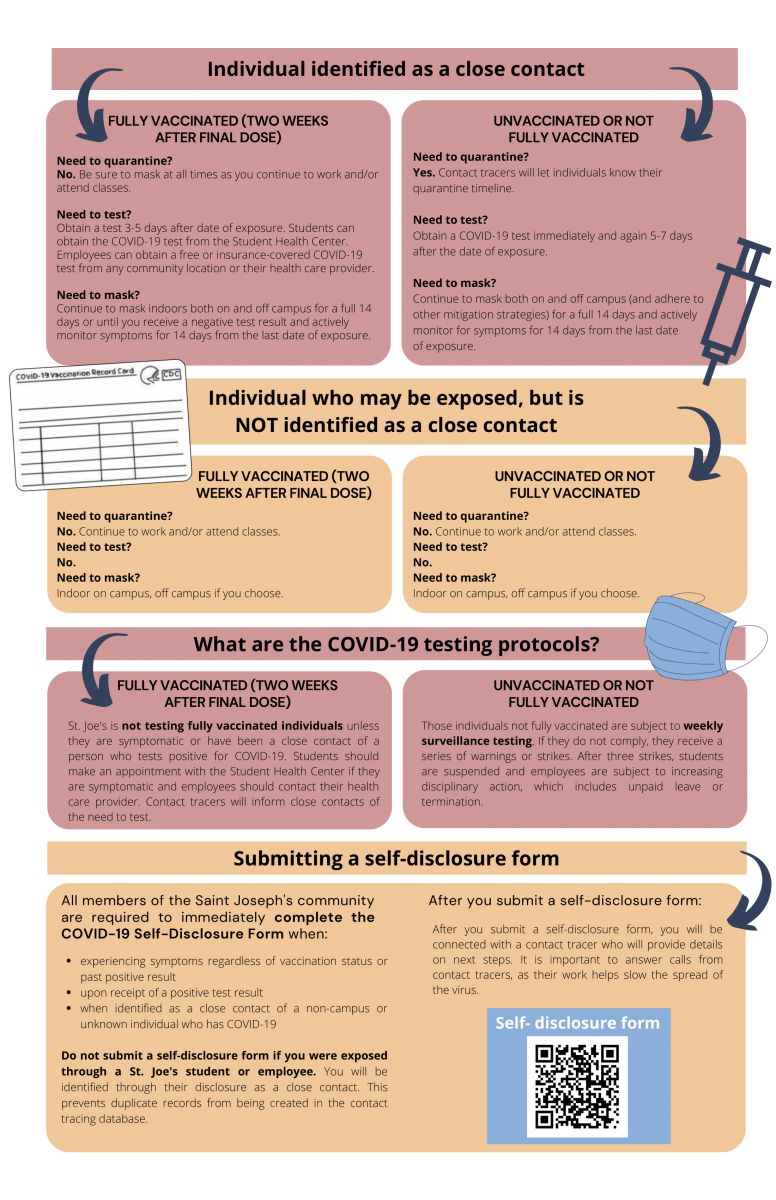The coronavirus pandemic removed what were once daily-occuring characteristics of Samuel Gompers School: packed hallways, cheerful shouts during recess, spontaneous conversations among peers and even the occasional visit to the principal office.
With such characteristics taken away, in order to adjust to online learning, teachers have spent hours on a nightly basis to prepare virtual lesson plans.
“[It’s] so I can stay present and make sure my students are as engaged as possible,” said Sharonda Smith-Sims, mindfulness teacher at Gompers.
However, after about a year, the once-normal physical activity at Gompers is beginning to return once again. Students in grades 3-5 began hybrid learning on April 26 and students in grades 6-8 will do the same starting on May 10. K-2 students and the student population with autism at Gompers began hybrid learning on March 8.
“It’s really good to have the staff [and students] back,” said Phillip Deluca, who has been the principal at Gompers since 2003. “The soul of the building is starting to slowly come back. But I don’t know when or if we’ll ever go back to the way it was.”
Staff and students’ return came after over a year in which the Gompers community adapted to online learning environments.
On March 16, 2020, The School District of Philadelphia closed its schools due to COVID-19 “to avoid non-essential travel.” They planned to re-open on March 27, 2020. However, as the pandemic worsened, what was supposed to be a two week pause from in-person learning, turned into months, and eventually, over a year.
“We were just in crisis mode,” Deluca said about Gompers’ early pandemic adjustments. “I can’t believe that we pulled it off because it was something that we had never done before.”
Since then, three priorities have been at the forefront of his mind. Deluca made sure the students are healthy, that they’re online and that they’re being appropriately assessed.
Making sure students are able to get online is a large aspect of what Marcia Hill-Rivera, Gompers technology lead and tech teacher, is tasked with. With her dual teaching and technology responsibilities, Hill-Rivera said it’s been difficult to balance.
“When students or families or teachers have problems with their technology, they reach out to me and I try to do what I can, as much as I can virtually,” Hill-Rivera said.
Of the approximate 275 students enrolled at Gompers, 175 of them requested a computer, which they picked up at the school during designated timeslots back in March 2020, according to Hill-Rivera. One hundred percent of Gompers students have access to the internet at their homes, however 10% were given WiFi hotspots to allow for sufficient connection, according to Deluca.
“Within three weeks of us closing [in March, 2020], any child that requested a device had one from us,” Hill-Rivera said.
Since online classes began on April 13, 2020, for Jarryd Hudock, a seventh and eight grade English and language arts teacher, it’s been like a normal school day schedule. However, instead of standing in front of a room full of students, he stares at a screen filled with grey squares. Students tend to not activate their cameras, though the school’s official policy asks students to keep them on.
“The most challenging aspect is building rapport with students that we haven’t had before, and keeping strong relationships,” Hudock said. “It’s a lot tougher to do that looking at an avatar or an emoji all day and talking to a screen.”
For some students, it’s been difficult to academically adjust to online learning. Hill-Rivera said she currently has students that were successful face-to-face but are now struggling online.
“They were always top students in my class,” Rivera said. “Now that we’re virtual, I can barely get them to turn their cameras on or participate in a discussion.”
Gompers has found ways to assist students in their respective challenges, like the ones Rivera’s students face. One of those ways is through mindfulness classes, which have been taught at the school for the past three years.
Smith-Sims said mindfulness is “being present, being where you are in the moment and accepting anything that comes your way with kindness and compassion.”
She said her students value being in the classroom more now because of the amount of time they spend stuck at home.
“Teaching them mindfulness and to be present can help them, sustain themselves or survive during these different times,” Smith-Sims said.
Deluca said there are many ways Gompers has grown to adjust to new instructional methods and he’s proud of what his staff has been able to accomplish.
“One of the true highlights of the pandemic is to see how teachers grew in their ability to use technology,” Deluca said. “[We made] sure that our children got an equitable education during what could have been a disaster. We’ve made it into a celebration of learning.”



















































